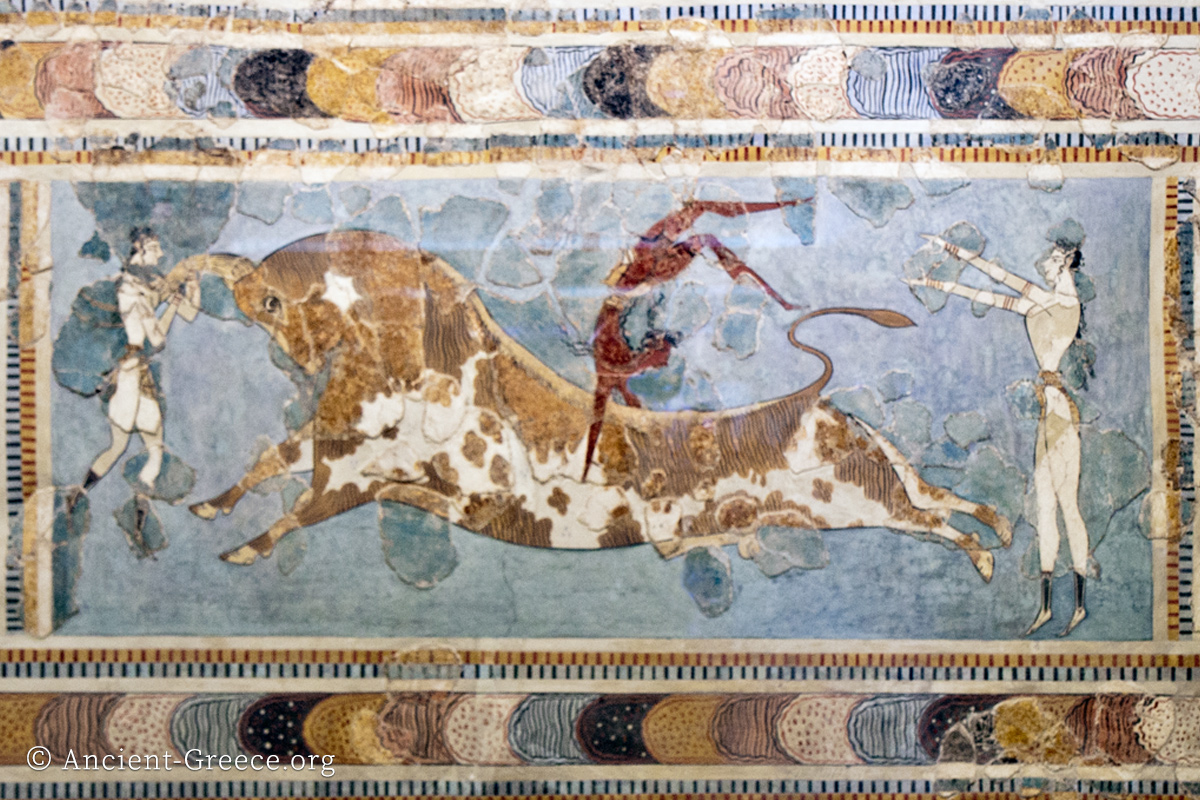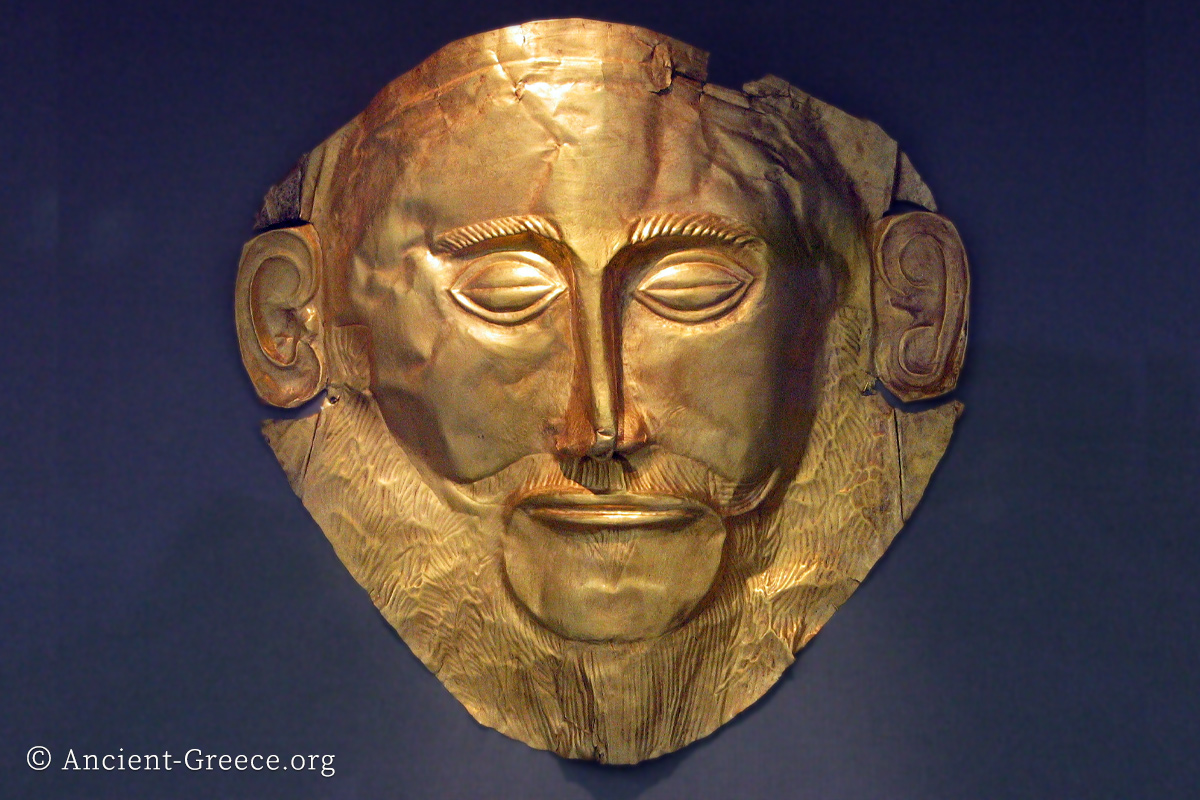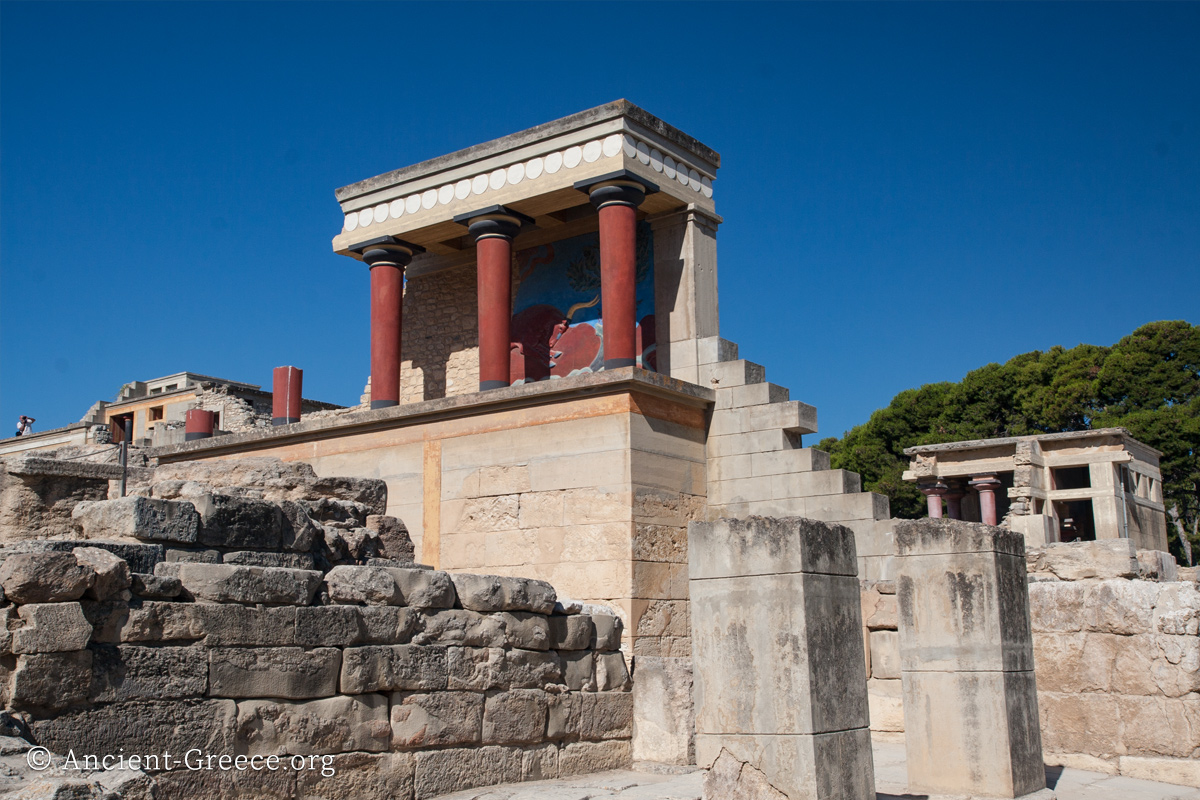Bronze Age
-
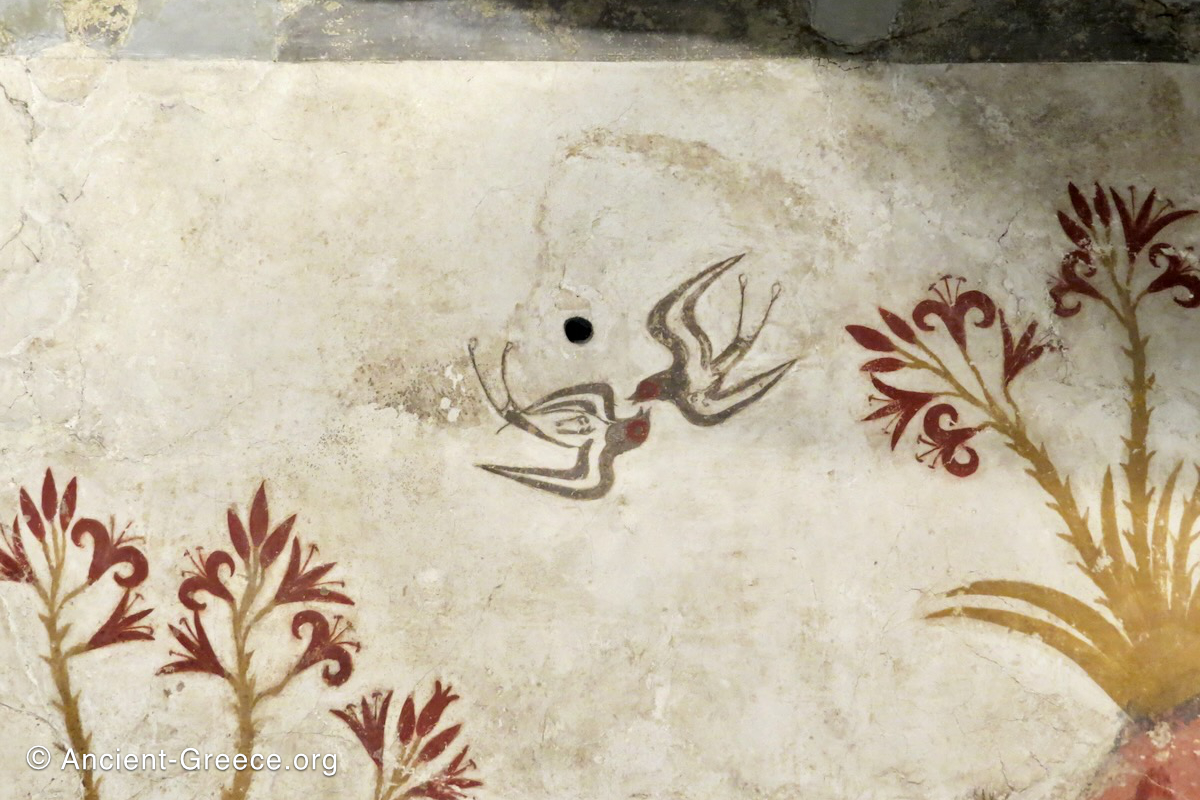
National Archaeological Museum in Athens: Stone and Bronze Age 4000 – 1100 BCE
Read more: National Archaeological Museum in Athens: Stone and Bronze Age 4000 – 1100 BCEThe National Archaeological Museum in Athens exhibits some of the best examples of Neolithic and Bronze Age artifacts from the Aegean and Helladic civilizations found in excavations across the country. Neolithic Era Top row, left to right: Second…
-
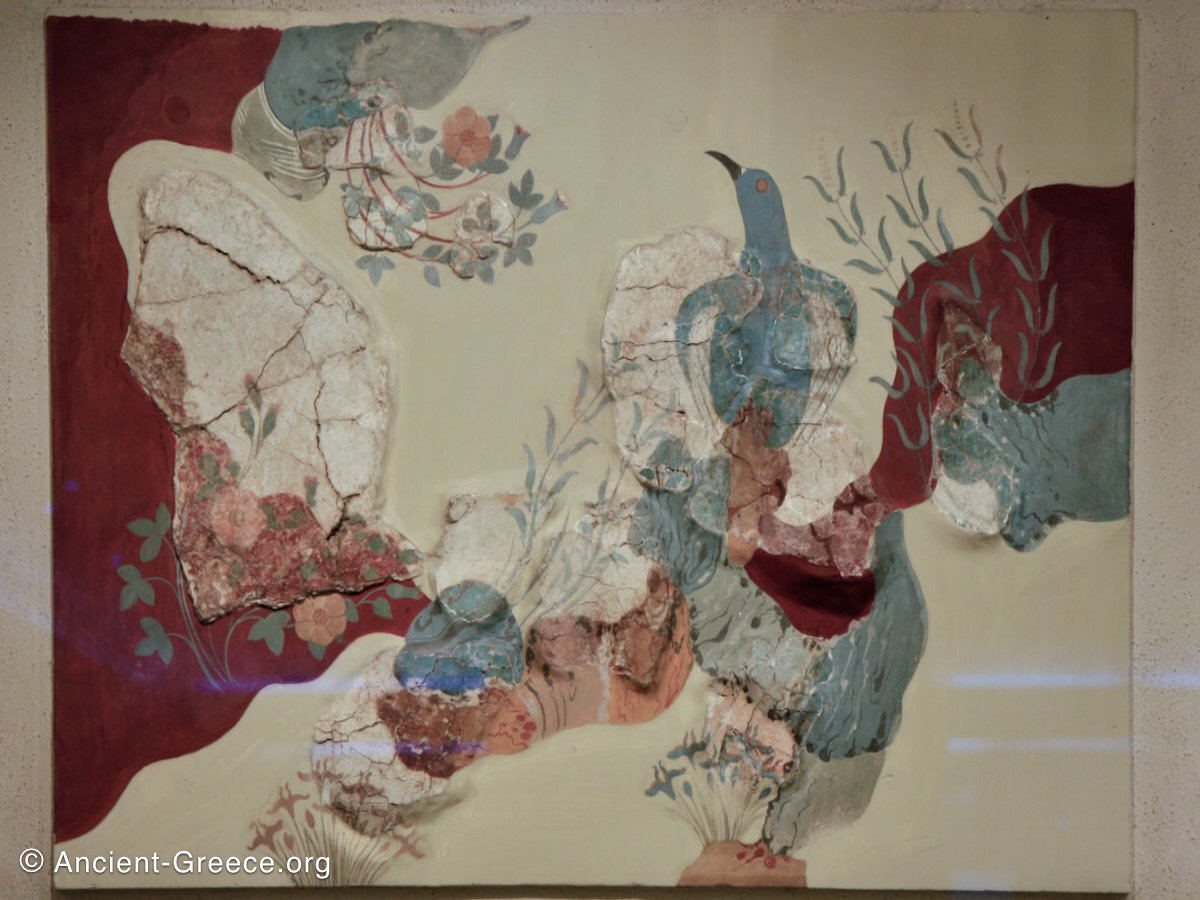
Minoan Art
Read more: Minoan ArtWhat has survived to our day from Minoan art provides insight into the culture that flourished in Crete during the Aegean Bronze Age. The art of the Minoans speak of a society of joyous disposition, in touch with…
-
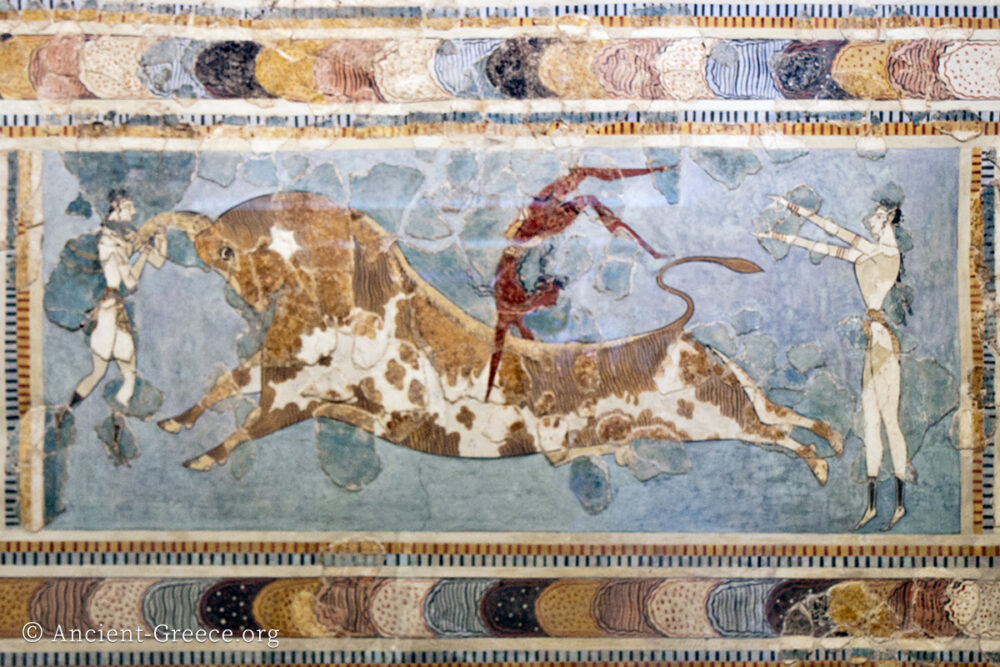
Crete: Minoan Archaeological Sites
Read more: Crete: Minoan Archaeological SitesCrete (Κρήτη), home of the ancient Minoan civilization, is the largest Greek island in the center of the busy eastern Mediterranean sea lanes. The island’s rich historical heritage spans more than nine millennia, with its fertile, secure, and…
-
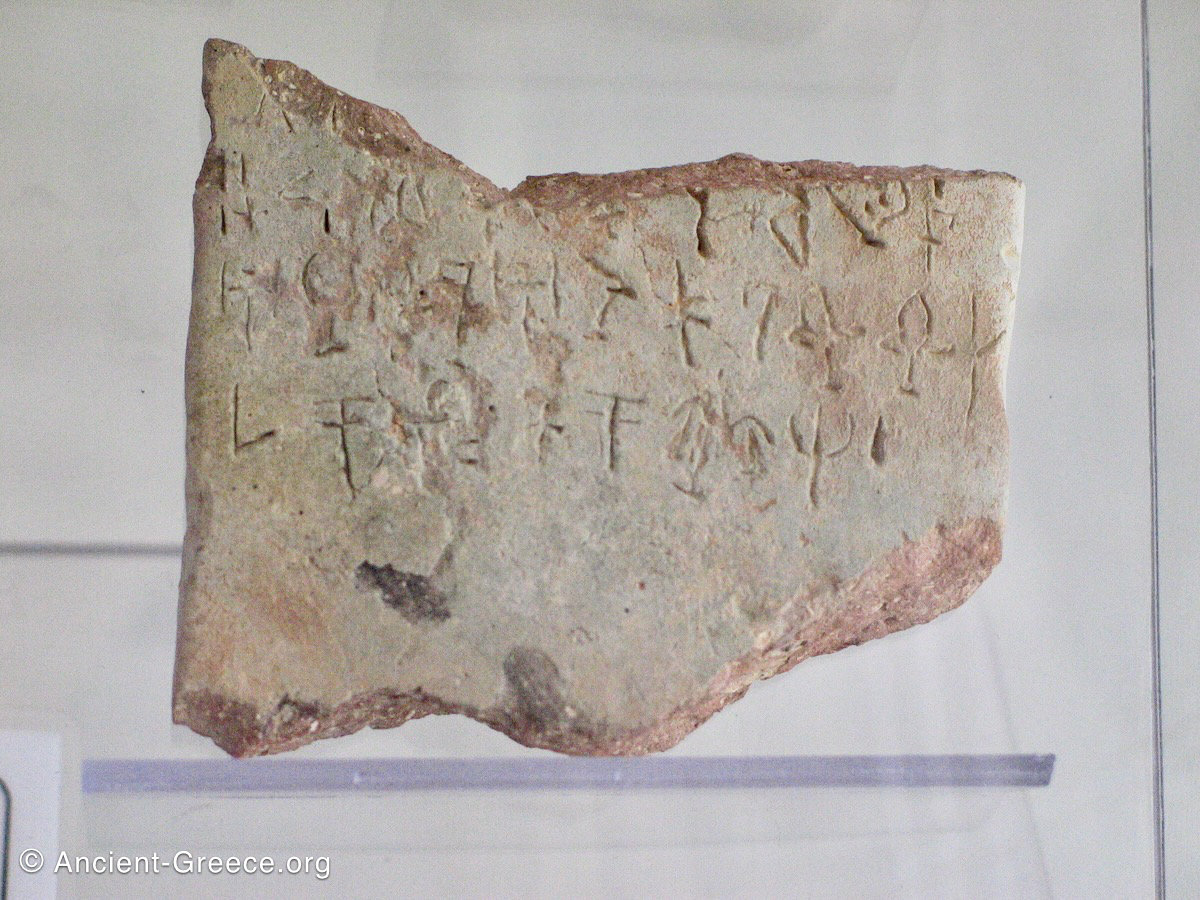
History of Greece: Bronze Age
Read more: History of Greece: Bronze AgeMinoan, Cycladic, and Helladic Cultures The Bronze Age, a period that lasted roughly three thousand years, saw major advances in social, economic, and technological advances that made Greece the hub of activity in the Mediterranean. Historians have classified…
-

History of Greece: Mycenaean Greece
Read more: History of Greece: Mycenaean GreeceMycenaean is the civilization that dominated mainland Greece, the Aegean islands, and the shores of Asia Minor during the late Bronze Age era (circa 1600-1100 BCE). The Mycenaean Era occupies the tail end of the Helladic Civilization, which…
-
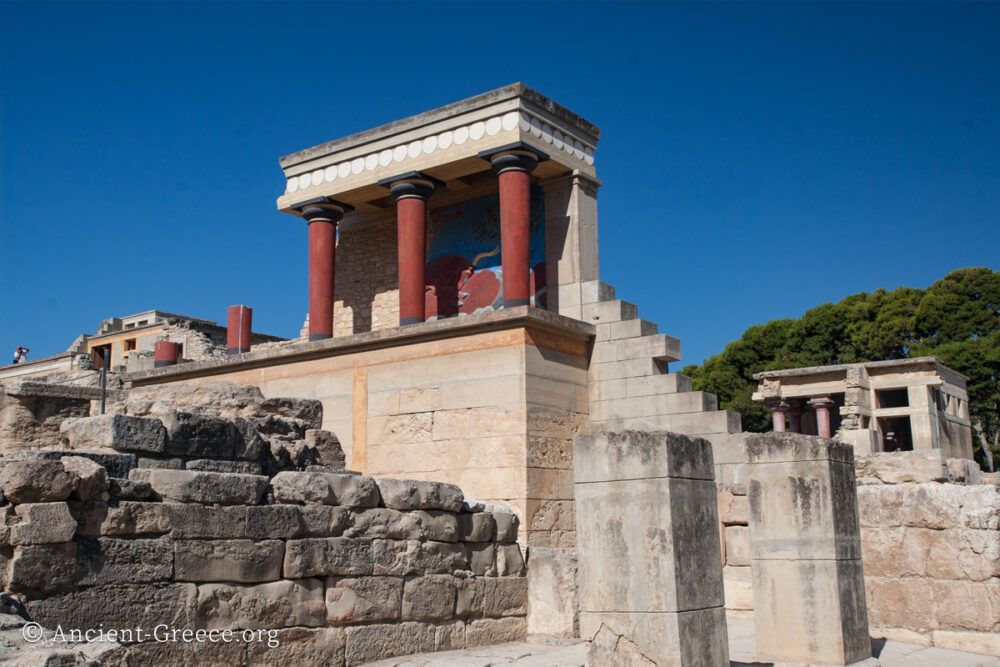
Knossos
Read more: KnossosKnossos (Κνωσσός, also transliterated as Cnossos, Knossus, Cnossus, Gnossus, Gnossos) palace was undeniably the most important center of Minoan Crete. It is grander, more complex, and more flamboyant than any of the other palaces known to us, and it…
-
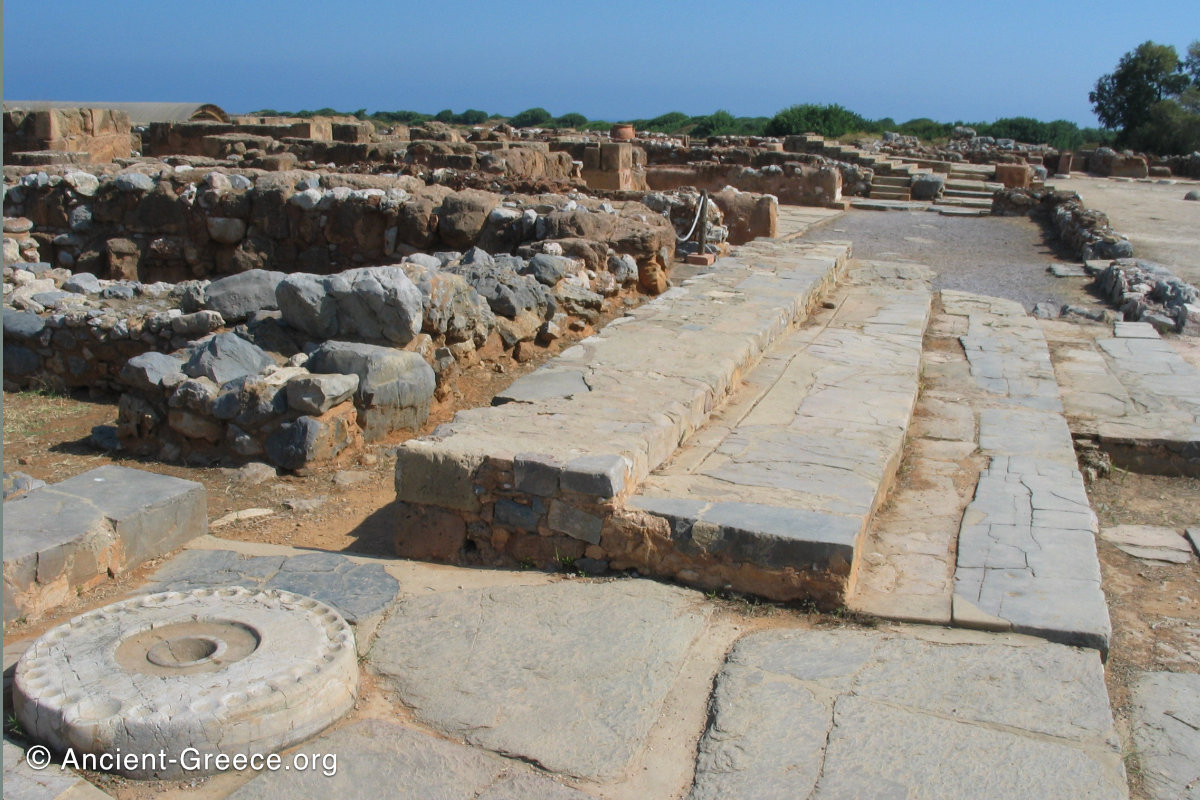
Malia
Read more: MaliaThe Minoan palace at Malia (Μάλια) is the third largest palace of Minoan Crete after Knossos and Phaistos. The palace’s proximity to the sea was obviously important in the development of the site into a cultural hub for…
-

Mycenae Archaeological Museum
Read more: Mycenae Archaeological MuseumMycenae Museum is built next to Mycenae archaeological site to house artifacts from the Bronze Age citadel excavations. While the most important Mycenaean artifacts are exhibited at the National Archaeological Museum of Athens, a variety of other objects…
-
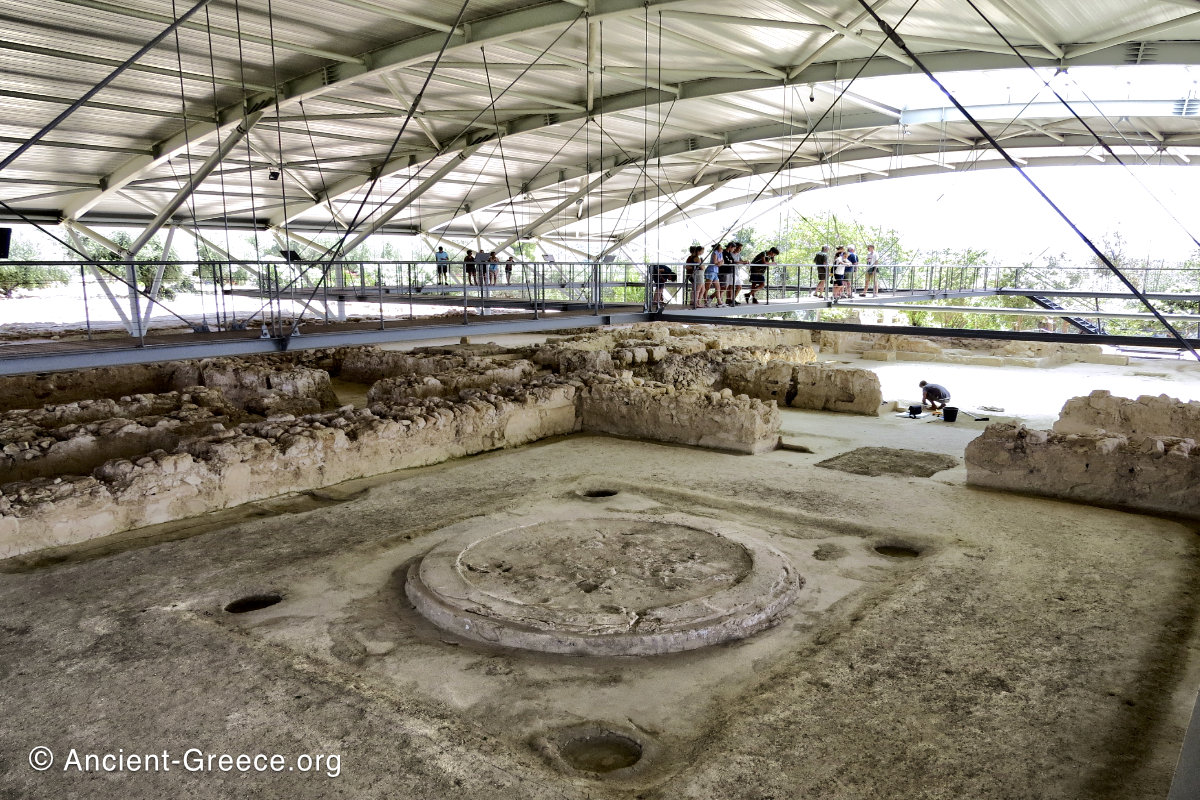
Nestor’s Palace
Read more: Nestor’s PalaceThe Mycenaean palace of Nestor (Ανάκτορο του Νέστορα) is an archaeological site near Pylos in SW Peloponnese, Greece. It was an influential center during the Late Bronze Age era (circa 1600-1100 BCE), and it played a role in…
-

Phaistos
Read more: PhaistosPhaistos (Φαιστός, also transliterated as Faestos, Phaestos, Faistos) is the second largest Minoan palace of Crete after Knossos. The Bronze Age palace is located on a low hill in the Messara plain south of Heraklion. The site was…


